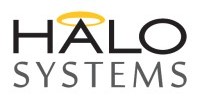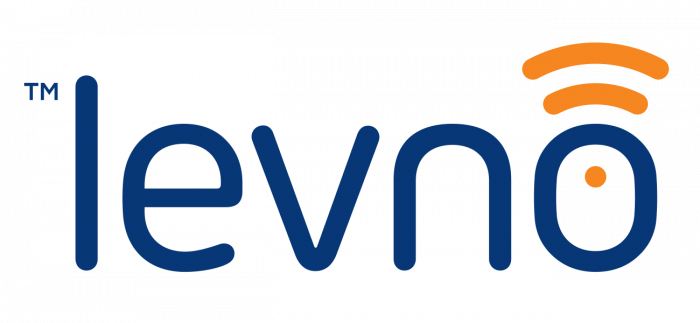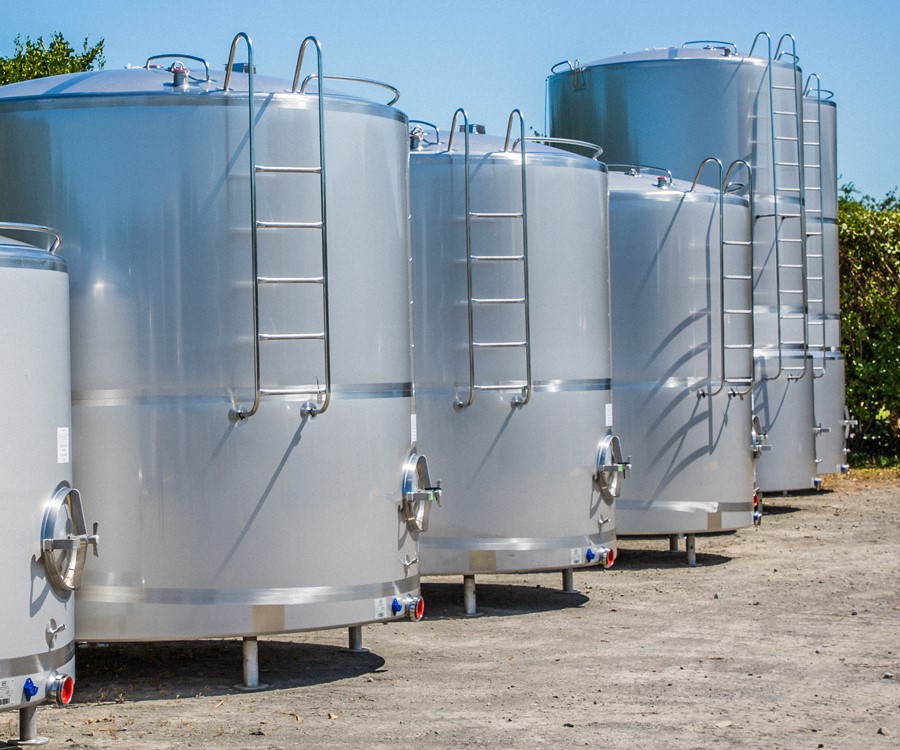Introduction
Milk Vat Monitoring is a technology that has changed the game for many farmers and milk processors in New Zealand. This technology ensures milk quality and regulatory compliance by continuously monitoring key parameters on farm, such as vat temperature, volume, agitation, and washing.
By integrating smart monitoring solutions on farm, farmers can access their milk data remotely, having the ability to receive alerts for potential issues (temperature too hot, power outage, etc). This means that farmers are now able to maintain a high standard of milk production with minimal manual intervention.
This information is also being used by the milk processors (Fonterra), as this allows them to ‘keep an eye’ on what is happening on farm, making sure the milk collected is meeting their standards. This also allows for an optimised milk collection, with better planning able to happen with tanker routes.
History
Fonterra, New Zealand’s largest milk processor, has led the charge in installing milk vat monitoring on all of its dairy farms in New Zealand. Fonterra undertook trials on 80 farms in the Waikato and Canterbury regions, and a full deployment starting at the end of 2019. Initially starting in Canterbury, Tasman, and Marlborough in October 2019, Otago and Southland in February 2020, Northland in March 2020, Waikato in May 2020, Bay of Plenty in September 2020, Central Districts February in 2021, and Taranaki in April 2021.
In New Zealand, there were initially three different suppliers that offered this technology: Levno, Halo, and DTS. At the end of 2023, Halo announced the acquisition of Vat-Man (DTS milk monitoring), further solidifying their position as one of New Zealand’s milk monitoring services.
With the acquisition, Fonterra farmers who were originally with DTS had the option to either complete the transfer to Halo or change providers to Levno.
How it works
Both systems run a very similar system. A vat will be installed with multiple different sensors, allowing a ‘full eye’ to be kept on the vat and its happenings for you. First, a sensor will be installed on top of in the vat. This is used for measuring the milk volume in the vat. Second, two temperature sensors will be added, one on the inlet pipe and one in the vat socket. This will read the temperature of the liquid going into the vat, and the temperature of the liquid in the vat. Third, a sensor will be added to the agitator on top of the vat. This will be used to figure out if the agitator is on or off (milk is getting stirred or not). Last, the unit to send the data. This is where all of the sensors will be wired to, collecting the data, and sending it back to the cloud. This will allow you to see all of your data, get notifications when something is not working, and report when needed.
Data and Notifications
With all of the sensors, there is a lot of data that is being captured. This data includes:
- Vat volume
- Vat temperature
- Inlet temperature
- Agitator status
- Power status
- Wash time
- Wash temperature
Reporting on all of these is sent to your phone. If something goes wrong, you will get a notification. These notifications include:
- Power has been lost
- Milk entering the vat is too warm
- Milk in the vat is too cold
- Milk in the vat is too warm
- Stirrer is not running
Comparison
| Product Name | Company | Tank Sensor | Devices | Packages | Price |
|---|---|---|---|---|---|
| Milk | Levno | Lidar | Mobile, PC | Blue Top Milk Plan, Full Cream Milk Plan | $95/month (Blue Top Milk Plan), $120/month (Full Cream Milk Plan), $400 installation fee (+$100 for additional vats on the same site) |
| Milk Monitoring | Halo Systems | Radar | Mobile, PC | Milk Basic (Single-Vat), Milk Basic (Double-Vat) | $900/year (both single and double), plus $2,640 (single-vat setup one-off), or $3,570 (double-vat setup one-off) |
Please note, sites that are Fonterra farms have no cost to the system at all. Any additions to the system (water, fuel, etc) are additional cost that are covered by the farmer and NOT Fonterra.

Photo by Halo Systems

Photo by Levno


